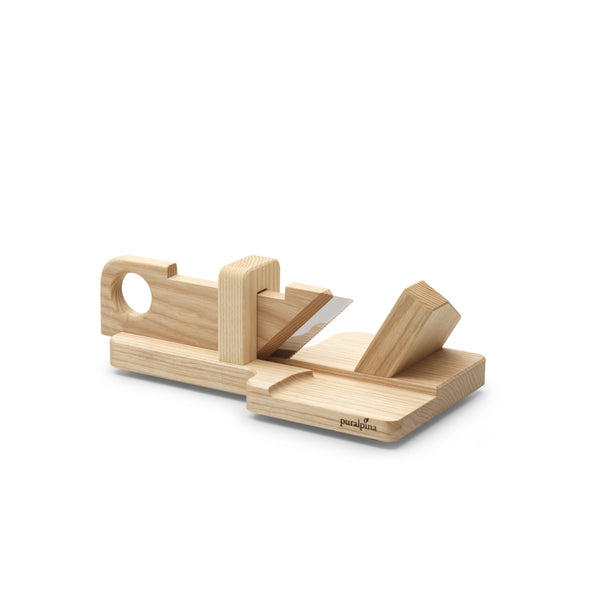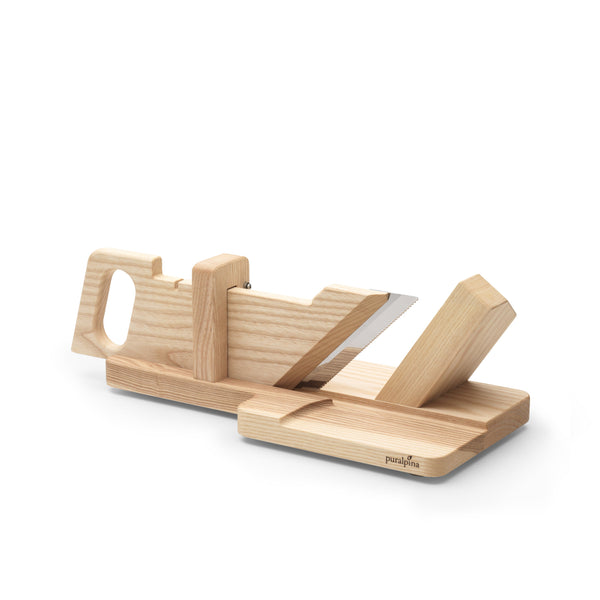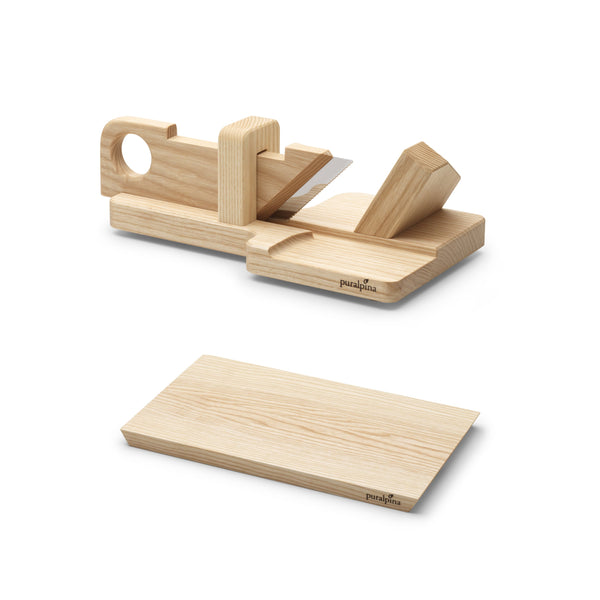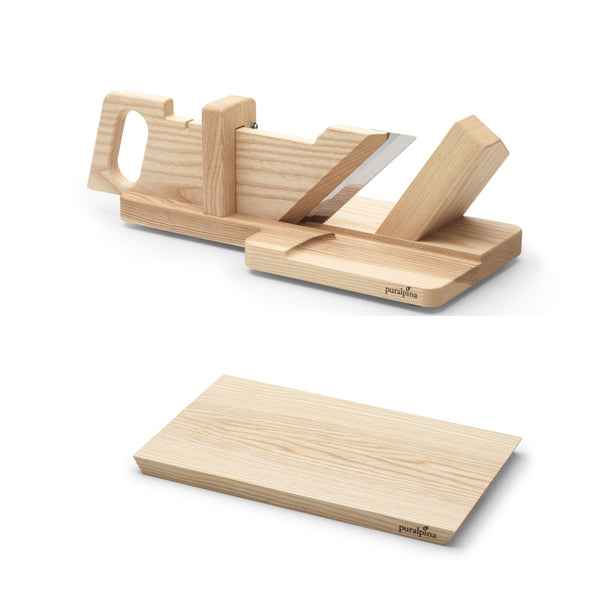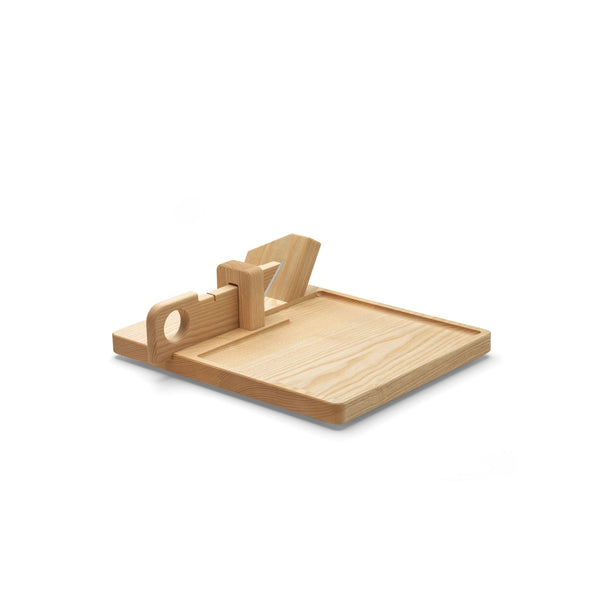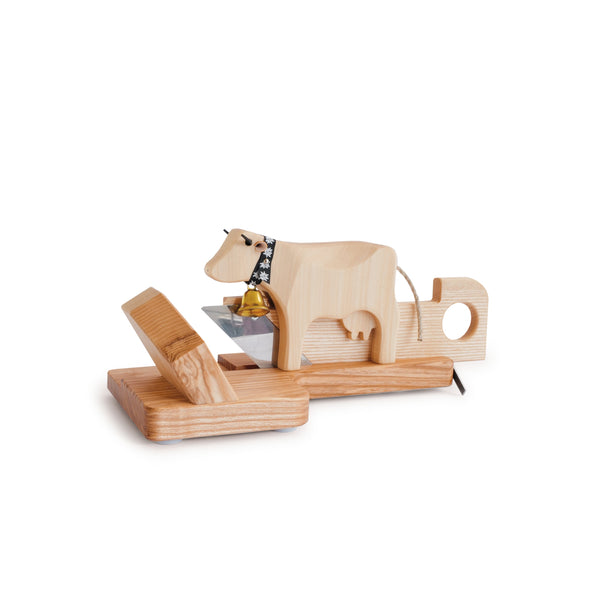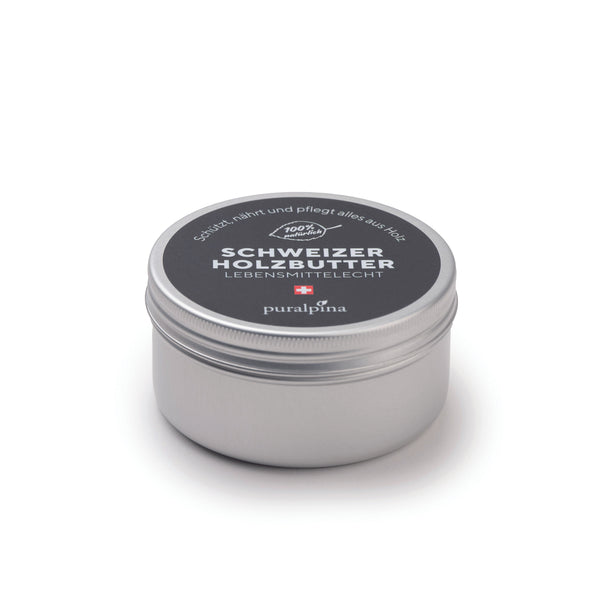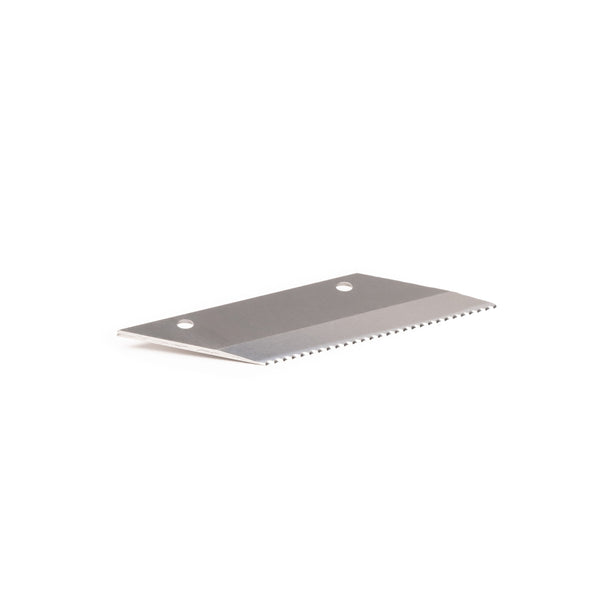Meat slicer for the perfect cut
Easy to use, elegant, and practical. With our unique meat slicers, you can slice sausage, salami, and much more right at your table without electricity. Each of our wooden products is unique, with a distinctive grain, beautifully intergrown knots, and subtle color variations.
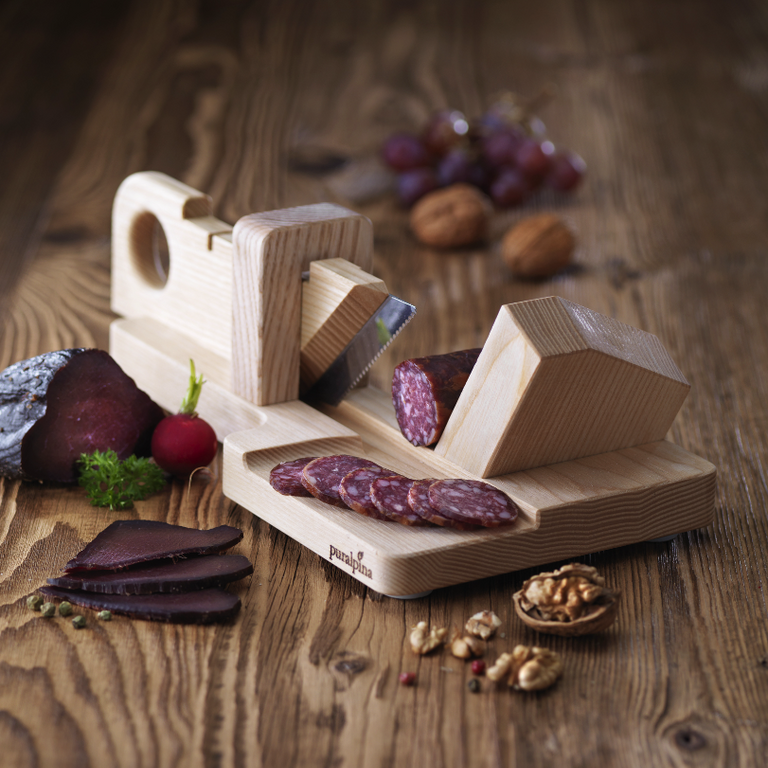
Swiss craftsmanship
All of our meat slicers are manufactured in Swiss workshops for people with disabilities. Our partner workshops are located in Bern and Thun. Through joint planning and development, these unique pieces are crafted with great care, patience, and craftsmanship. The sophisticated mechanism protects both the blade and the wood.
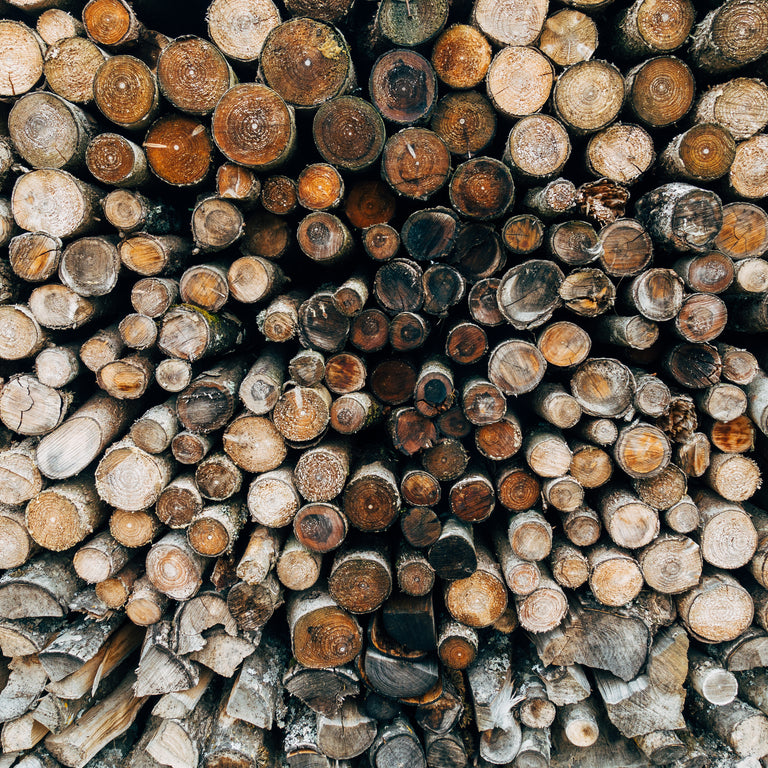
Quality
Our products are crafted from solid wood. The wood comes from ash, walnut, cherry, plum, and olive trees. Each plane is unique, with distinctive grains, beautifully intertwined knots, and subtle color variations. The razor-sharp blade comes from the Swiss knife maker Victorinox. We consider only the highest quality. This pays off for you many times over with its longevity.

How do meat slicers work?
Our meat slicers are incredibly easy to use. Cutting, adjusting the thickness, cleaning, and changing the blade are child's play.
We show you how to change the blade and how to properly clean and care for the plane in our videos.
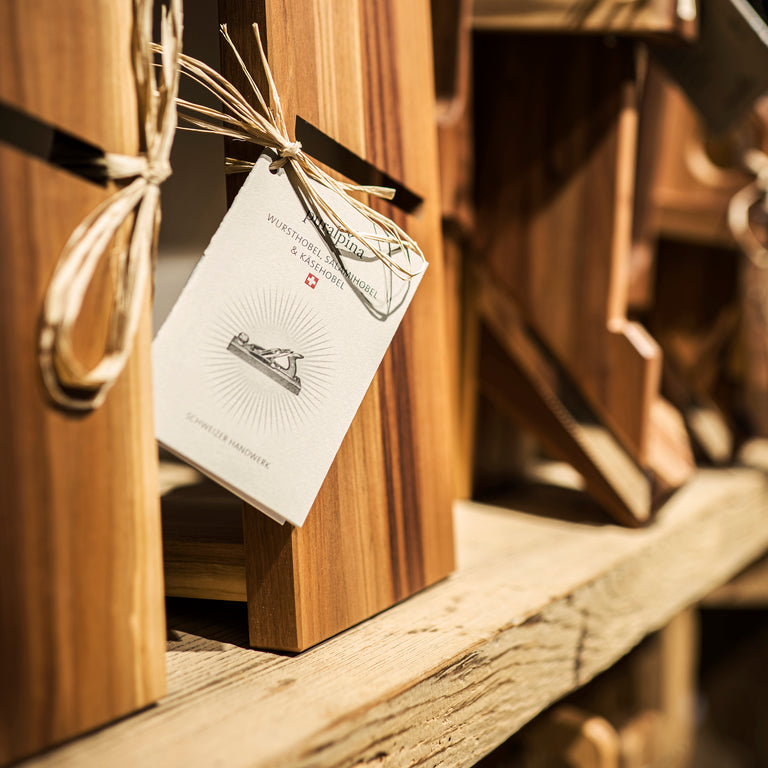
Which plane is right for me?
Sausage slicer
With this slicer you can cut smaller pieces of meat, cheese and sliceable items up to 4.5cm in diameter.
Salami slicer
The salami slicer is suitable for larger pieces of meat and cheese up to 9cm in diameter.
Special editions
A slightly different kind of sausage slicer. Discover our special editions featuring the Trauffer Cow or the Matterhorn.
Meat slicer Gastro
Cutting, presenting, and serving all in one. The meat slicer is available in two versions: the Gastro Sausage Slicer and the Gastro Salami Slicer.

Where does the wood come from?
Whenever possible, we use wood from Switzerland. We attach great importance to contemporary design and a stylish selection of wood species. That's why we're not afraid to source wood from abroad. Here's where our wood comes from:
Ash: Switzerland
Walnut: Mainly from the EU, Hungary. Sourced from: darker black walnut. Swiss walnut is very rare and less suitable for processing.
Cherry tree: Switzerland
Plum tree: Switzerland
Olive tree: mainly from Italy and the EU

Proper care and cleaning
The wooden products should be stored at a constant room temperature, if possible. After use, wipe everything with a damp cloth and dry. Do not clean under water, with a hard brush, or with strong detergents. The wooden products are not dishwasher-safe. If necessary, treat sparingly with food-safe wood oil or cooking oil (such as olive oil). All blades are replaceable or can be sharpened.
Check out our videos on this topic.
Who invented it?
How we would have loved to have invented the sausage slicer. But we weren't. Unfortunately, we don't know where sausage slicers come from. We tried to trace the origin of sausage slicers, but unfortunately, without success. There were many leads pointing in different directions. We even found old plastic versions. We had information that versions of the sausage slicer had been around almost 30 years ago. Well, many say they invented it. Some of them had the slicer in their product range before they invented it.
The salami slicer and the sausage and cheese slicer KOMBI are our developments.
This is our truth
Our first encounter with a sausage slicer happened by chance. A gift from his son Sandro, Andreas Schmid uses the sausage slicer at markets to sample the famous game sausage, without any intention of selling it. It simply makes cutting faster and easier. Customers responded tremendously. Many were enthusiastic and wanted to try it. So, we tracked down the manufacturer of the gifted slicer, and eventually added the sausage slicers to our product range. Soon, more slicers were needed. This is how various workshops for people with disabilities came into play. Some of them had already produced the sausage slicers. Others were newly discovered.
We have continued to invent
But we didn't stop at the sausage slicer; we continued to strive for further developments and improvements. We continually improved the quality of our sausage slicer and, for example, developed the salami slicer. This is the big brother of the sausage slicer for cutting larger pieces of meat. We also combined the sausage slicer and the cheese slicer. This is so unique that we received a patent for our COMBI sausage and cheese slicer.
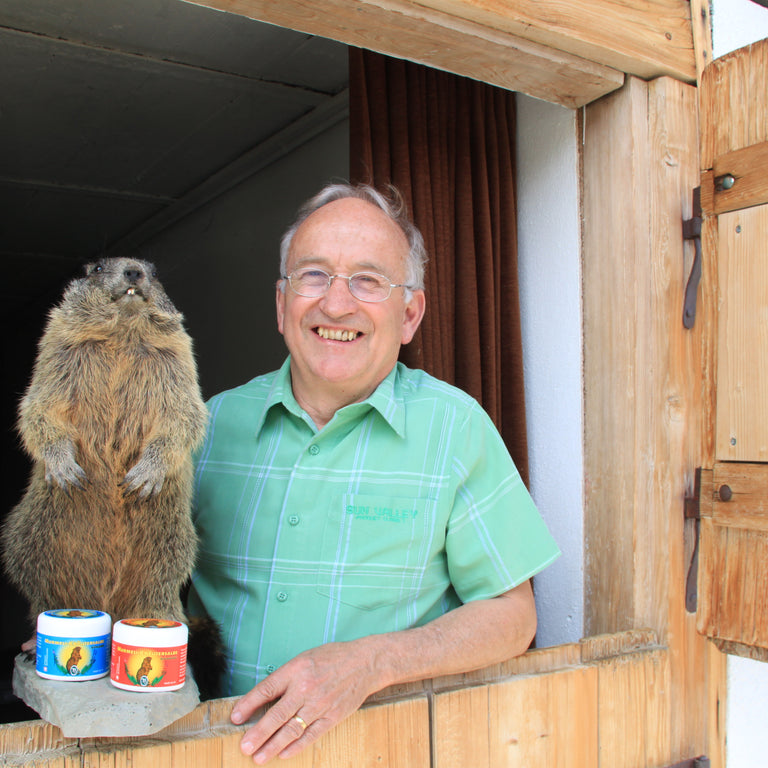
How do plane and marmot ointment fit together?
the whole story
Andreas Schmid is a passionate hunter and has been attending markets as a hobby since 1981, trading furs, marmot oil, and later, game meat. In 1992, a chance meeting with a herbalist led to the creation of the warming marmot herbal ointment. Due to the tremendous success of the marmot herbal ointment, Andreas Schmid began attending more and more markets.
A venison sausage is always included as an additional product. Naturally, this sausage is always sliced and tasted with customers. In 2007, a gifted sausage slicer was introduced to help with cutting the venison sausage. This was done simply because it was faster, as there was no intention of selling it. Customer reactions were so positive, however, that the sausage slicer was added to the product range a year later.
It all originated from hunting. So the marmot herbal ointment and the sausage slicer somehow fit together.
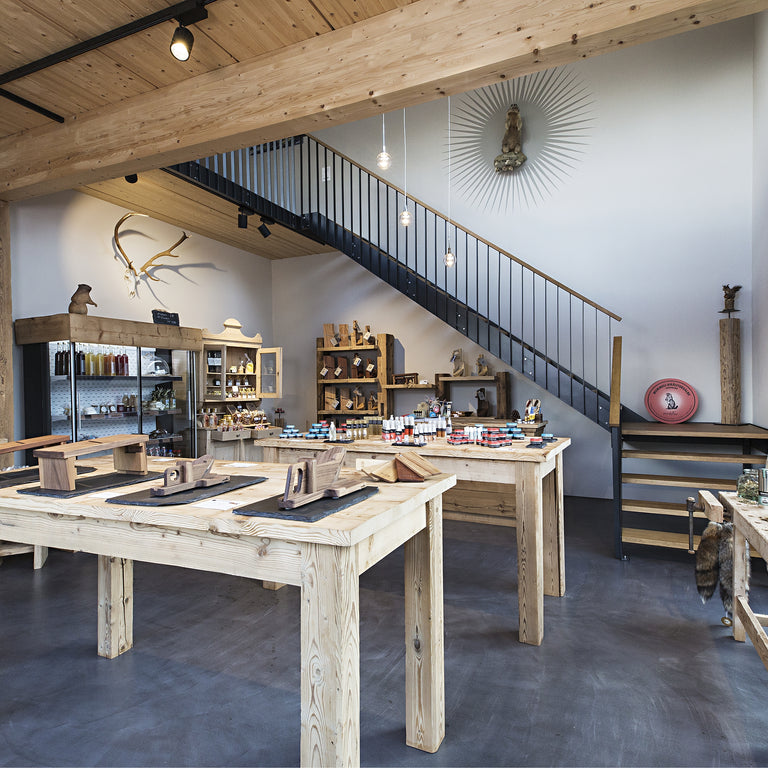
Tip
Looking for a unique gift? These sausage and cheese slicers make perfect gifts for connoisseurs and gourmets, for newlyweds, friends, family, employees, and customers.
Whether it's text or simple logos, you can engrave all of our planes. Just contact us.
Do you have a question?
Here you'll find answers to questions about our meat slicers. If you don't find your answer here, don't hesitate to contact us. We look forward to your question.
